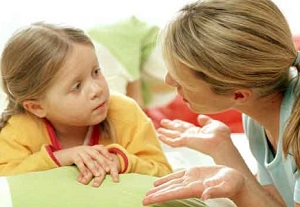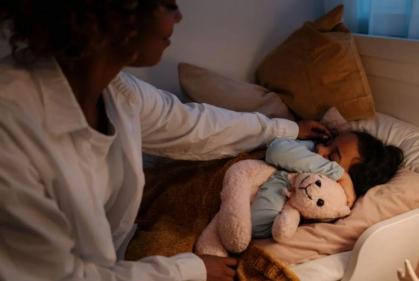
What is autism?
Autism Spectrum Disorder (ASD) is a condition that affects a person’s social and communications development. It can be identified by changes to a child’s language and behaviour from around the age of 18 months.
Typically, a child with autism is unable to communicate or behave socially in the same way a child without autism would. The ability or desire to make friends and socialise with other children is not as present in a child on the autism spectrum, and their capability to communicate words to other people is lessened.
While ASD has been heavily linked to biological and chemical abnormalities in the brain, the reasons for autism are still unknown. A study carried out in April 2013 found that approximately one in every 100 children in Ireland will experience symptoms of autism, with the disorder more commonly found in boys.
The autism spectrum
The reason ASD is referred to as a ‘spectrum’ is that there are many different combinations of symptoms and behavioural changes that a person can have to be considered autistic. This means that two children diagnosed as being on the autism spectrum could quite likely act incredibly different, having differing skill sets.
A number of different disorders are now placed under the banner name of Autism Spectrum Disorder. Disorders such as Asperger Disorder, Pervasive Developmental Disorder Not Otherwise Specified (PDD-NOS), and Childhood Disintegrative Disorder (CDD) are now categorised under this new title, and doctors are less likely to sub-diagnose children using these alternative headings.
Disorders on the autism spectrum
Asperger Disorder refers to a child who presents a normal IQ combined with a serious lack of social and communication skills. Children that experience this branch of the spectrum often show self-interest, a lack of empathy, and inability to form relationships with others.
PDD-NOS describes a person with a lack of social and communication skills, who also experiences issues with change to routines or their environment. Skill development will usually be uneven, with skills strong in one area, and delayed in another. They may also play with toys in an unusual manner, such as only playing with parts of a toy rather than the entire toy itself.
CDD describes a child with normal development who experiences a change in ability in at least two of the following areas between the age of two and 10: social interaction, communication, and repetitive behaviour. This late onset of symptoms means CDD is categorised as a low-functioning form of autism.
Is there treatment for ASD?
The sooner a child is diagnosed as being on the autism spectrum, the better off they will be. The long term outcomes for children with ASD are improving, thanks to a combination of early diagnosis and intervention programmes that help a child's development. Autistic children can also learn to play and communicate better than they would have before; as with any child, it is just a matter of providing the help and guidance needed for kids to reach their full potential.















